But I Can’t Give Up Red Meat – Part 1
Giving up red meat is challenging, especially for those diagnosed with Hereditary Hemochromatosis. As someone from the Midwest, where red meat is a staple and fast food is ubiquitous, I understand the struggle. This blog aims to gently guide you through why and how to make this dietary change more comfortable.
Now, let’s ease into it and gradually confront some truths, step by step.
Understanding Iron: Heme vs. Non-Heme
Iron in our diet comes in two forms: heme and non-heme iron. Heme iron, found in animal products like meat, fish, and poultry, is absorbed more efficiently by the body compared to non-heme iron, which is present in plant-based foods like fruits, vegetables, and nuts. Unfortunately, because heme iron is so readily absorbed, it can worsen the symptoms of hereditary hemochromatosis by contributing significantly to iron overload.
Why this matters: For those of us with hereditary hemochromatosis, managing iron intake is crucial. Excess iron can cause severe organ damage over time, leading to conditions such as liver cirrhosis, heart disease, and diabetes. The body has no natural way to expel excess iron, so we must be vigilant with our diet.
Iron Content per 100g:
Chicken: 1 mg
Turkey: 1.3 mg
Pork: 1.4 mg
Fish (e.g. tuna, salmon): 1.5 mg
Beef: 2.7 mg
Lamb: 2.3 mg
Bison: 3 mg
Liver (chicken, beef, pork): 6-13 mg
At first glance, these numbers might not seem alarming
At first glance, these numbers might not seem alarming.
For many of us, giving up beloved dishes is one of the hardest changes. Some of my past favorites included:
Here’s a quick comparison of their iron content:
At first glance, these numbers might not seem alarming.
Nutritional Values of Popular Red Meat Dishes per Serving
- Beef Wellington Burger: 822 calories, 51g of fat (66% DV), 19g saturated fat (97% DV), 140mg cholesterol (47% DV), 13mg iron (164% DV)
- Bison Pot Roast: 1040 calories, 57g of fat (73% DV), 30g saturated fat (150% DV), 315mg cholesterol (105% DV), 18mg iron (182% DV)
- Herb-Crusted Rack of Lamb: 1318 calories, 92g of fat (118% DV), 46g saturated fat (230% DV), 393mg cholesterol (131% DV), 10mg iron (54% DV)
These figures are per serving, and it’s essential to note that heme iron, which these dishes are rich in, is absorbed 10% more efficiently than non-heme iron, compounding the problem. This high iron content, particularly from heme iron, exacerbates iron overload, impacting ferritin levels. Moreover, vitamin C enhances iron absorption, while calcium can help reduce it. For those with the HFE Gene mutations like C282Y Gene and H63D, this is a pressing concern.
Starting the Transition: While it might not initially seem convincing, replacing red meat with alternatives like chicken is a beneficial first step. Chicken contains significantly less iron per 100 grams compared to beef and lamb. For those grappling with Hereditary Hemochromatosis, adjusting your Hemochromatosis diet is critical to managing your iron levels.
Protein Concerns: A common concern is the protein intake when reducing red meat consumption. Remember, animals like cows obtain their protein from plant sources. Therefore, legumes, beans, lentils, peas, nuts, and seeds are excellent plant-based protein sources. Swap red meat with these alternatives, and you’ll still meet your protein needs without exacerbating your iron levels.
Impact on Health: Yes, it’s challenging to give up red meat, but the health benefits are undeniable. A diet high in red meat can contribute to conditions like brain fog, heart disease, high cholesterol, higher ferritin levels which means more phlebotomies. For those with Hereditary Hemochromatosis, avoiding red meat can prevent the need for phlebotomy and improve your quality of life.
Switching red meat for chicken is a great first step. Start by exploring alternatives that are still satisfying but healthier. For example, check out some of my chicken recipes below:
Plant-Based Protein Powerhouses:
Peanuts (roasted) – 39g protein per cup
Tempeh – 31g protein per cup
Soybeans (raw) – 28g protein per cup
Tofu (firm) – 20g protein per 1/2 cup
Lentils (cooked) – 18g protein per cup
Edamame (cooked) – 17g protein per cup
- Lentils: With 18g of protein per cup, lentils are not only protein-packed but also rich in iron, fiber and can be used in amazing dishes like meatloaf, soups, and pasta!
Chickpeas (Garbanzo Beans): Offers 15g of protein per cup and can be used in a variety of dishes from spicy or sweet snacks, hummus, sandwiches, to salads.
Black Beans: Another versatile option, providing 15g of protein per cup. Perfect for soups, stews, tacos, lasagna, and the brownies are to die for! I must say I was a little hesitant about black beans in brownies. They also have dark chocolate chips sweetened with coconut, and they are the best! Don’t tell until your friends & family about the beans until they devour them!
Tofu: Often overlooked, Tofu (firm) – 20g protein per 1/2 cup and it is so versatile! My two favorite things to make with Tofu is CHEESE, and Chicken dishes. You do have to marinate it overnight, but I promise it is worth it!
Find all the delicious foods on our Recipes (This would link to the recipe page)
Well, that was fun and sure made me hungry, but we must get back to the
Environmental Impact of Cows:
Cows contribute significantly to greenhouse gases. Methane, largely emitted through their digestion process, is 23 times more potent than carbon dioxide in global warming.
Agriculture is responsible for an estimated 14 percent of the world’s greenhouse gases. A significant portion of these emissions come from methane, which, in terms of its contribution to global warming, is 23 times more powerful than carbon dioxide. The U.S. Food and Agriculture Organization says that agricultural methane output could increase by 60 percent by 2030 [Source: Times Online]. The world’s 1.5 billion cows and billions of other grazing animals emit dozens of polluting gases, including lots of methane. Two-thirds of all ammonia comes from cows.
Cows emit a massive amount of methane through belching, with a lesser amount through flatulence. Statistics vary regarding how much methane the average dairy cow expels. Some experts say 100 liters to 200 liters a day (or about 26 gallons to about 53 gallons), while others say it’s up to 500 liters (about 132 gallons) a day. In any case, that’s a lot of methane, an amount comparable to the pollution produced by a car in a day.
To understand why cows, produce methane, it’s important to know a bit more about how they work. Cows, goats, sheep, and several other animals belong to a class of animals called ruminants. Ruminants have four stomachs and digest their food in their stomachs instead of in their intestines, as humans do. Ruminants eat food, regurgitate it as cud, and eat it again. The stomachs are filled with bacteria that aid in digestion but also produce methane.
Ethical Considerations: I admit I had my head in the sand on this one
The emotional and ethical side can’t be ignored. Seeing footage of cows sensing their impending slaughter was eye-opening for me. They sense fear and react just like we would in a dire situation. While I won’t show graphic footage here, let this fact sink in and weigh on your conscience.
Have you ever heard the term “when you eat red meat you are eating fear”? It might sound dramatic, but there’s some truth to it. This concept was popularized in the movie “August: Osage County,” where Julia Roberts’s character’s daughter makes a poignant statement about it. Initially, I was skeptical too. Then I delved into more research and came across videos of grass-fed cows behaving normally until they were moved to slaughterhouses. The transformation was nightmarish—they knew something was horribly wrong. The fear was palpable, and it was heartbreaking to watch. I never knew cows could cry but the evidence is undeniable. As promised, we are on Part 1 and we will not show anything graphic.
To be completely honest with you, I showed my husband, and he did not believe it. In my opinion they are crying, and I have watch so many. He does not have hemochromatosis, and it’s as much your choice as his.
Personal Journey from Red Meat:
If I’m honest, did that completely stop me from eating red meat? Almost, but I would still occasionally indulge in a steak once a year or a couple of fast-food cheeseburgers annually. Watching documentaries like “Forks Over Knives” and “The Game Changers” played a pivotal role in my shift towards a plant-based diet.
“Forks Over Knives” is a classic documentary that showcases how food can heal you. It follows individuals who were given dire prognoses but turned their lives around through dietary changes. It’s filled with compelling data, charts, and real-life stories of remarkable transformations.
“The Game Changers” focuses on athletes who adopted plant-based diets and achieved unprecedented feats. Think Arnold Schwarzenegger, gold medalists, WWE fighters, and college football players all thriving on plant-based nutrition. Their blood tests revealed astounding health benefits, proving the incredible impact of diet.
Getting Practical: Meal Prep and Flexibility:
Transitioning to a plant-based diet might feel like stepping back in time when it comes to meal prep. It requires planning and dedication but rewards you with immense health benefits. For a taste of what it’s like, check out my Food Prep guide:
I want to be clear. I am not trying to push you into a strictly plant-based diet. My goal is to encourage you to minimize, if not stop eating red meat. My husband still enjoys meat, and we plan meals accordingly. He doesn’t have hemochromatosis and makes his dietary choices based on his needs. There are so many different types of foods you can eat at restaurants. It’s challenging if you eat out frequently, but it gets easier with time and practice.
Yes, you have to be more flexible, and I do just that. You don’t have to give up going out to restaurants! Check out my blog with so many options and places you can eat at! The truth is you can eat at about any restaurant, I do not mean fast-food.
Wrapping Up:
Research has shown that a diet low in red meat significantly reduces the risks of various serious health conditions, including cancer, heart disease, and high cholesterol. Coupled with the environmental benefits and ethical considerations, it’s clear that eating less red meat can lead to a healthier, more humane lifestyle.
Happy Alternatives to End On
Let’s wrap up with some uplifting content. Here are some heartwarming videos of cows in happier settings, reminding us of their gentle nature and the beauty of letting them live out their lives.
To Our Health
Thank you for joining me on this journey. Together, in “The Bloody Truth” community, we can support each other towards better health and well-being.
HH, The Bloody Truth
Ready to jump to Part 2 But I can’t give up red meat (Click Here) “Embracing Compassionate Cuisine”
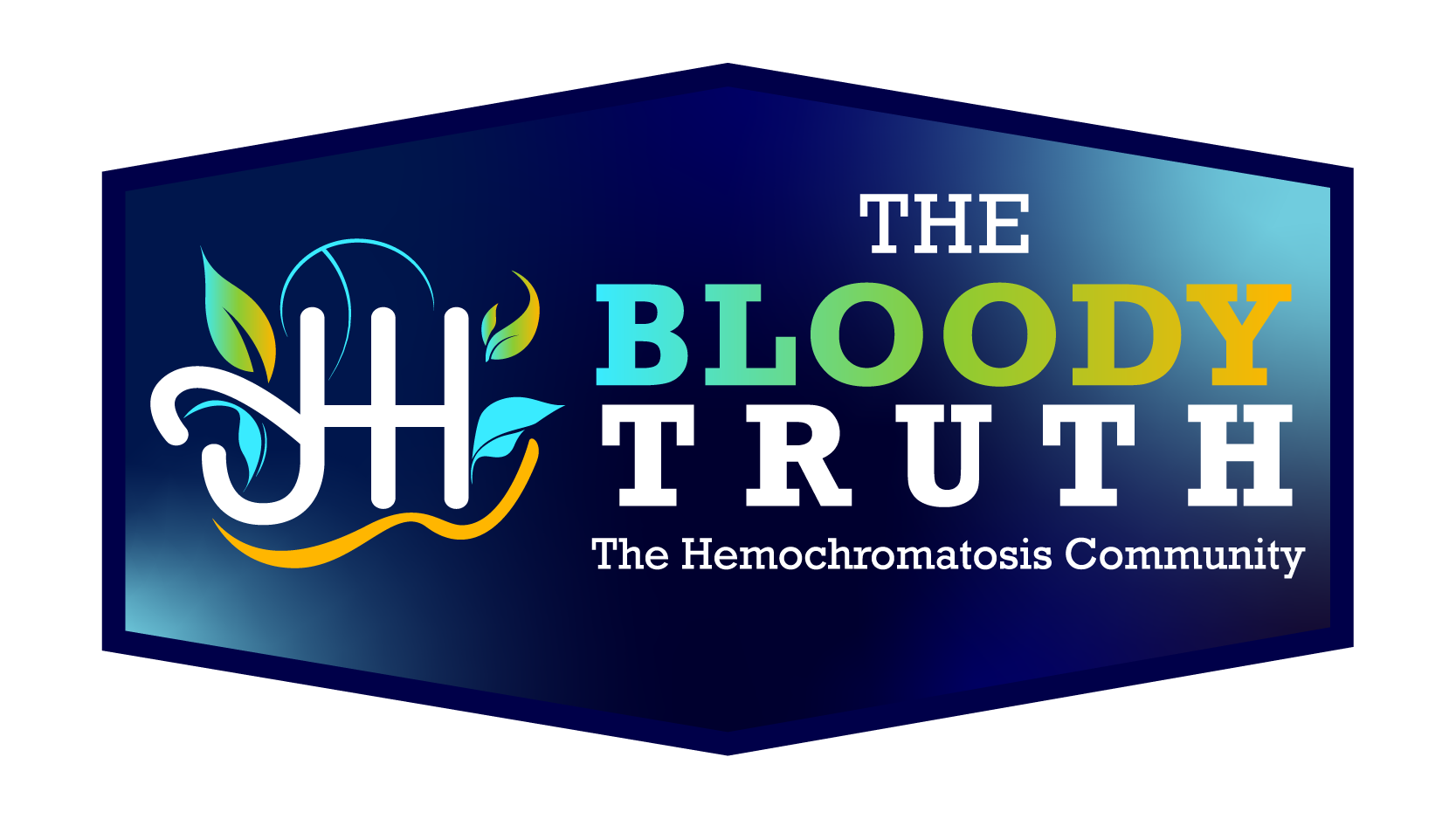



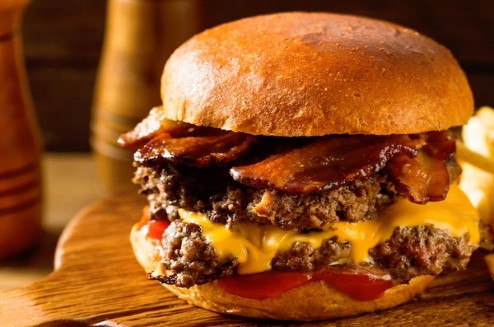
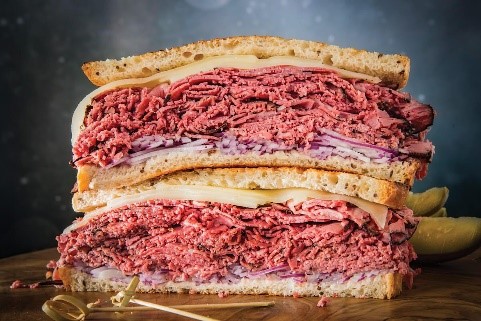










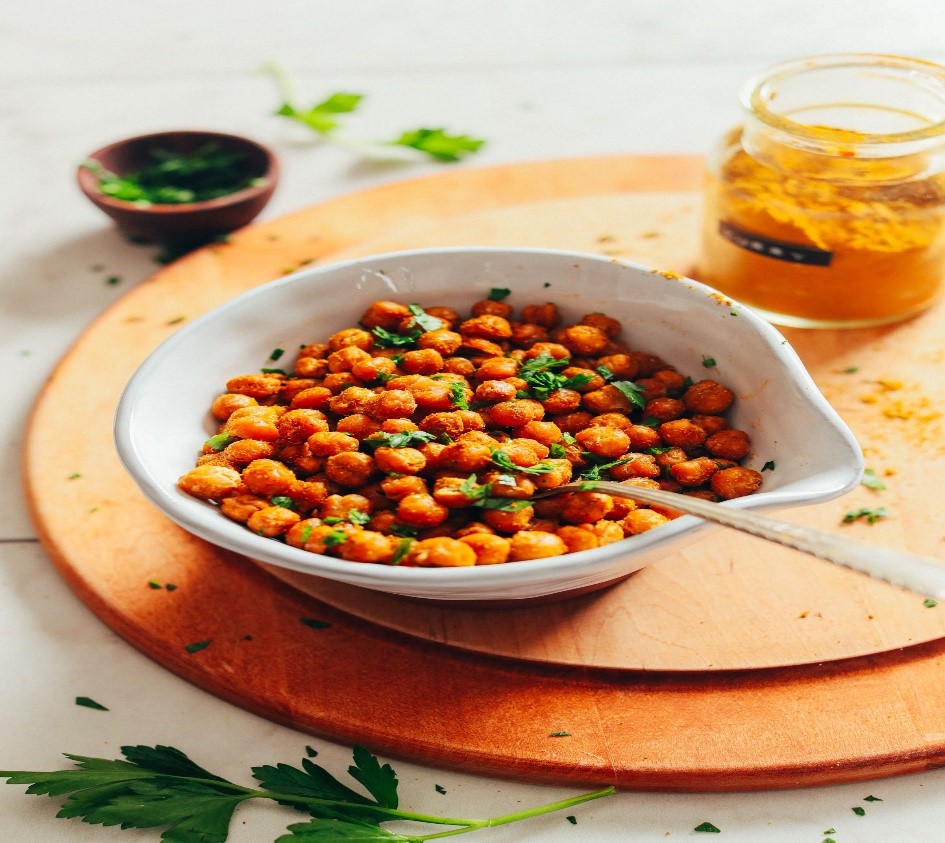
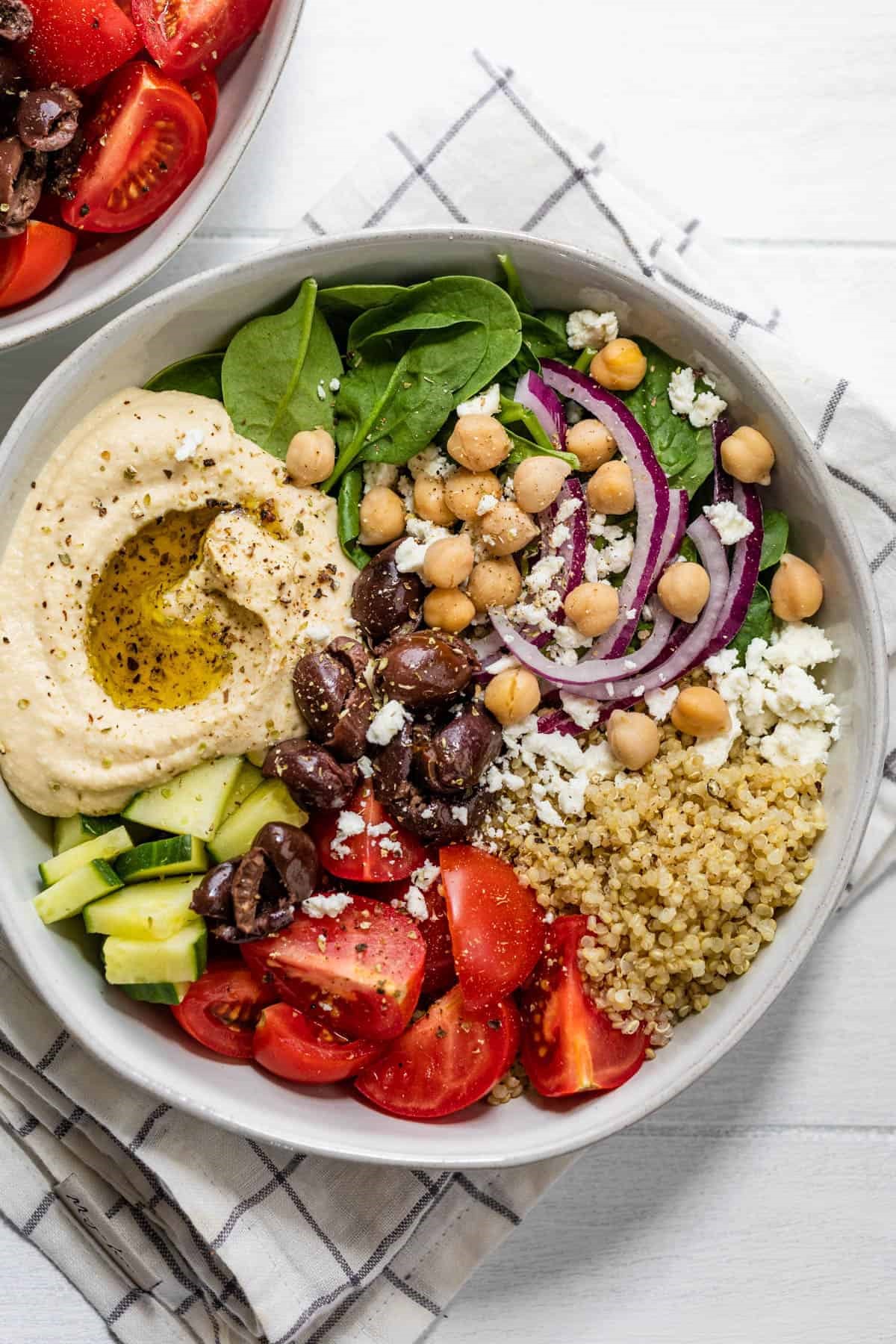
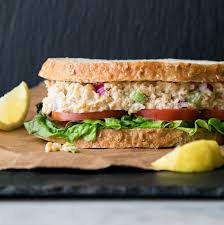


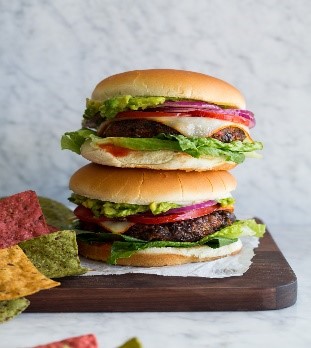
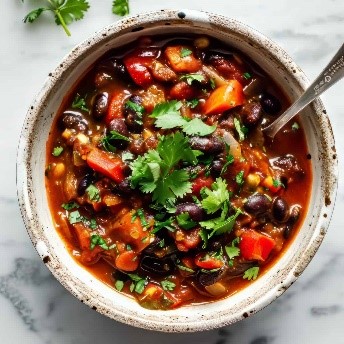

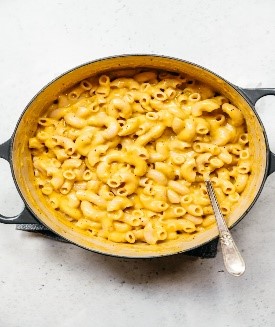
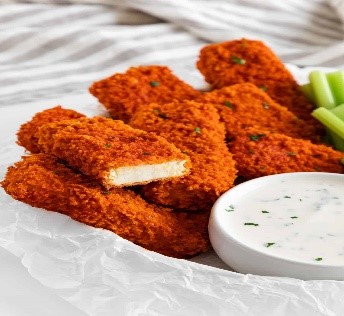



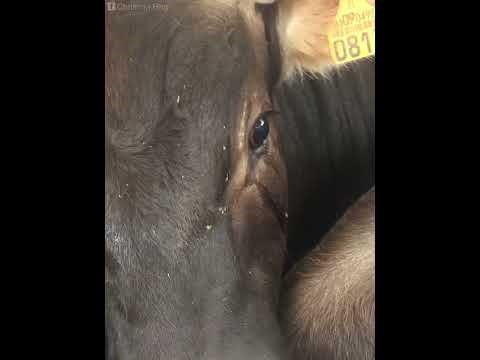
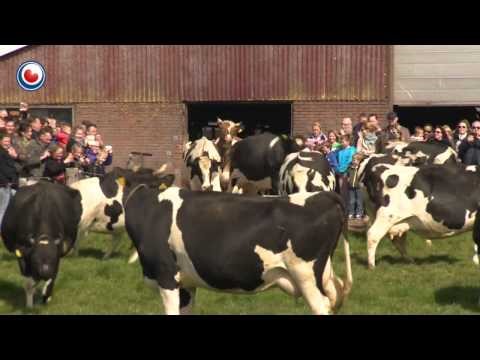
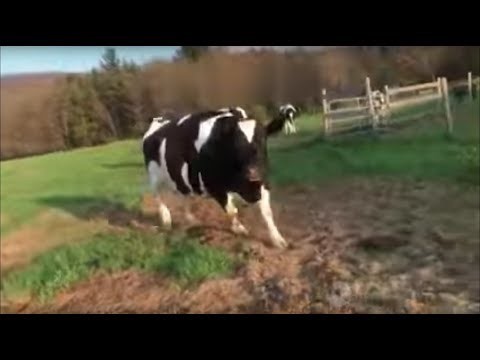










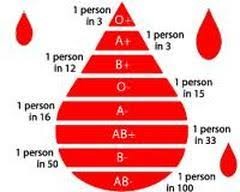
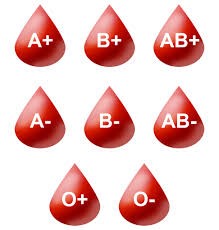


“As someone who grew up in a meat-and-potatoes household, I totally relate to the struggle of cutting back on red meat. This blog really speaks to me, and I appreciate the gentle approach. Slowly transitioning away from red meat seems a lot more doable now with the tips you’ve shared!”
“I’m from the Midwest too, and red meat is a huge part of our meals. It’s tough to imagine giving it up, but your blog makes the reasons clear, especially with Hereditary Hemochromatosis in the mix. I’m grateful for the practical advice—it’s going to help me take the first steps!”
“I never thought I could give up red meat, but after learning about how it affects my iron levels, I’m realizing it’s a necessary change for my health. This blog makes the transition feel less overwhelming, and I appreciate the understanding tone. Thanks for helping me ease into this!”